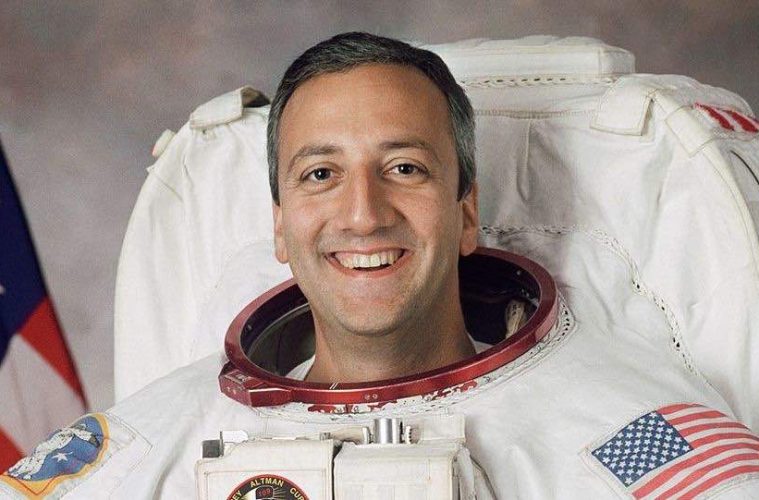
Ever since Michael Massimino was a young boy he dreamed of getting off this planet. It started in 1969 when Neil Armstrong made his historic moon landing. On that day, 7-year-old Massimino vowed that he'd overcome his bad eyesight, fear of heights, and modest surroundings to become an astronaut. After being rejected by NASA three times, Massimino was finally accepted as an astronaut in 1996 and would become a veteran of two space flights and four spacewalks. Massimino is also a New York Times bestselling author, a Columbia University engineering professor, and an advisor at The Intrepid Sea, Air, and Space Museum. While with NASA he received two NASA Space Flight Medals, the NASA Distinguished Service Medal, the American Astronautical Society’s Flight Achievement Award, and the Star of Italian Solidarity.
Hoping to increase his chances at NASA, Massimino entered graduate school at MIT in 1986. There, he would earn two master's degrees, a separate degree in mechanical engineering, and finally a PhD in mechanical engineering in 1992. While a student, his research on human operator control of space robotics systems resulted in the awarding of two patents. His summer jobs included being a general engineer at NASA Headquarters, a research fellow at NASA, and a visiting research engineer at the German Aerospace Research Establishment.
Massimino has credited a lot of his history-making success to the world-class teaching injectable steroids buy and research opportunities afforded by his alma mater. In October 2009, after successfully completing his historic journey aboard the space shuttle Atlantis, which carried its crew 5.3 million miles for a final servicing of the Hubble Space Telescope, Massimino gave a talk at MIT. In it, he discussed at length his work at NASA, delighting his audience by sharing images and video from the extraordinary mission.
While back at MIT, Massimino also needed to return a very rare book to the library: the limited edition facsimile of Galileo’s “Sidereus Nuncius” (which translates to “Starry Messenger”) that MIT had sent with the astronauts on their trip. A more apt icon could not have been chosen, since the Hubble mission coincided with the 400th anniversary of Galileo's groundbreaking use of a telescope for planetary observation.
